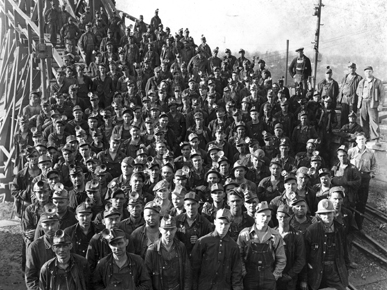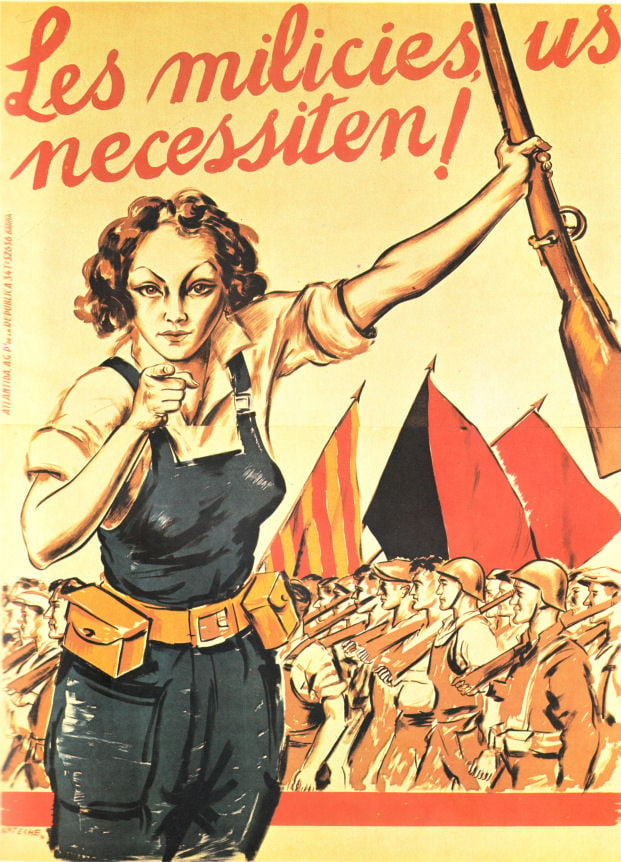- cross-posted to:
- workingclasscalendar
stahmaxffcqankienulh.supabase.co
- cross-posted to:
- workingclasscalendar
Birmingham Coal Workers’ Strike (1908)
Wed Jul 08, 1908

After years of escalating tensions over pay, 4,000 miners, organized across racial lines, in Birmingham, Alabama began striking on this day in 1908, quickly growing to more than 10,000 in strength and clashing with police.
The strike was declared by United Mine Workers (UMW) District 20, which had more than 20,000 members, against U.S. Steel, which had just purchased the Tennessee Coal, Iron and Rail Company (TCI) and instituted sharp pay cuts. More than 4,000 miners stayed off the job, but soon the protest grew to more than 10,000 people.
Mine owners responded to the strike by increasing their use of slave prison labor, deputizing hundreds of armed men to confront workers, and urging Governor Braxton Bragg Comer to declare martial law and dispatch state troops into the coalfields, a request he eventually granted.
Evicted from company housing, thousands of workers were forced to live in tent cities, which were later attacked by state troops.
The strike was also notable for the union’s ability to unite miners across the racial divide, a development that was unusual for the United States in this period. A parade of striking black and white miners through the streets of Jasper angered members of Birmingham’s business community, who denounced the UMW’s interracial workforce as an insult to southern traditions and called for armed state intervention against the racially mixed strikers.
In mid-August, black UMW member William Millin was snatched from his jail cell and lynched by two mine deputies.
The strike was effectively put down after state troops destroyed the miners’ tent cities on August 26th, and was officially called off by the union four days later. One year afterward, the mines’ production had returned to normal.
- Date: 1908-07-08
- Learn More: encyclopediaofalabama.org, alabamanewscenter.com.
- Tags: #Labor.
- Source: www.apeoplescalendar.org

